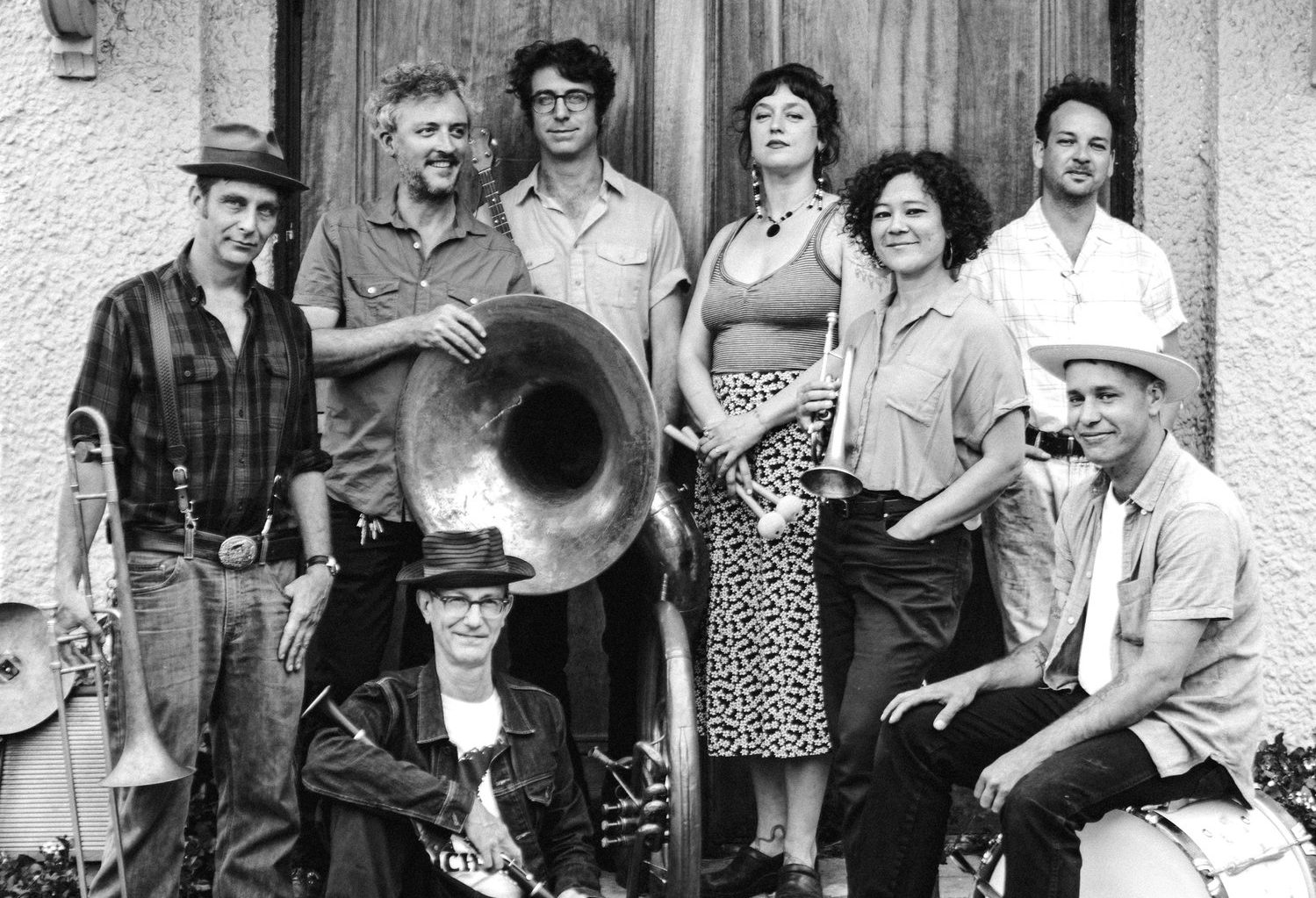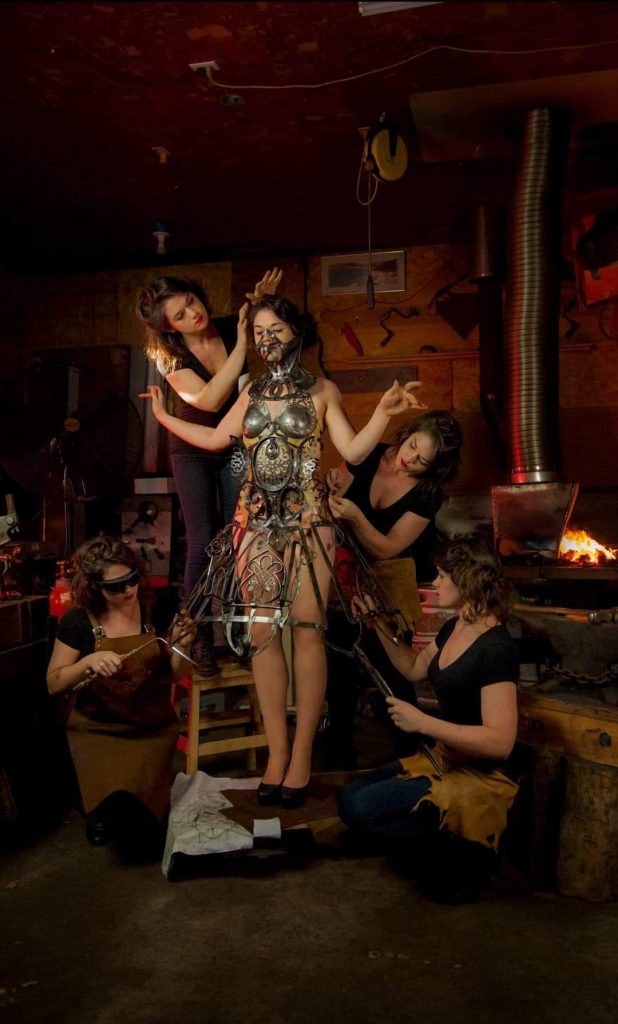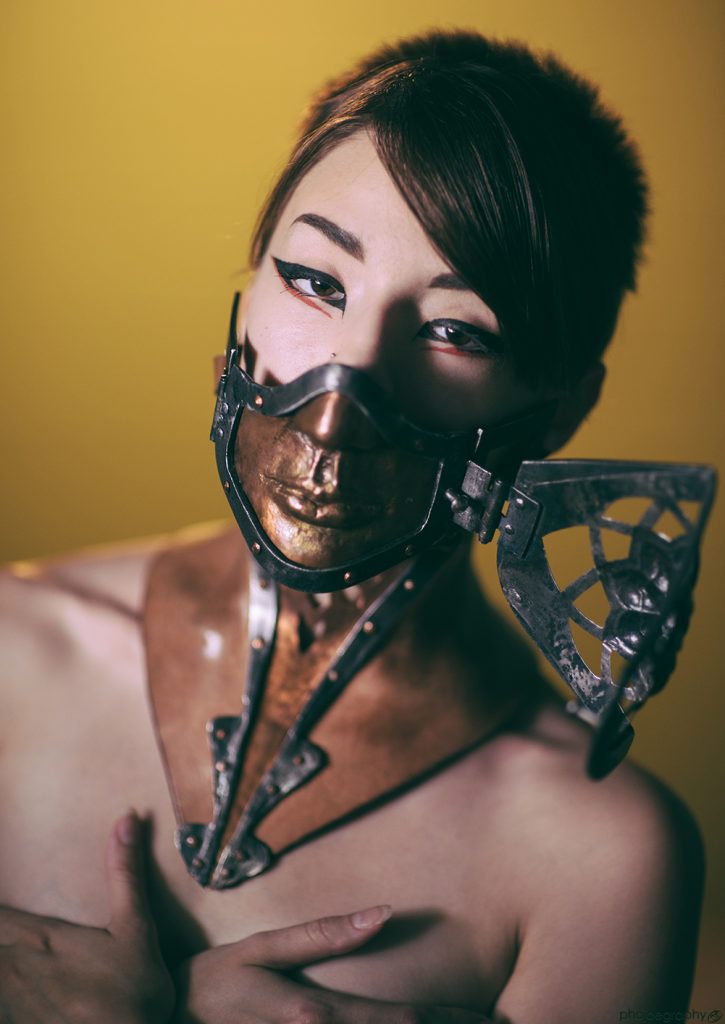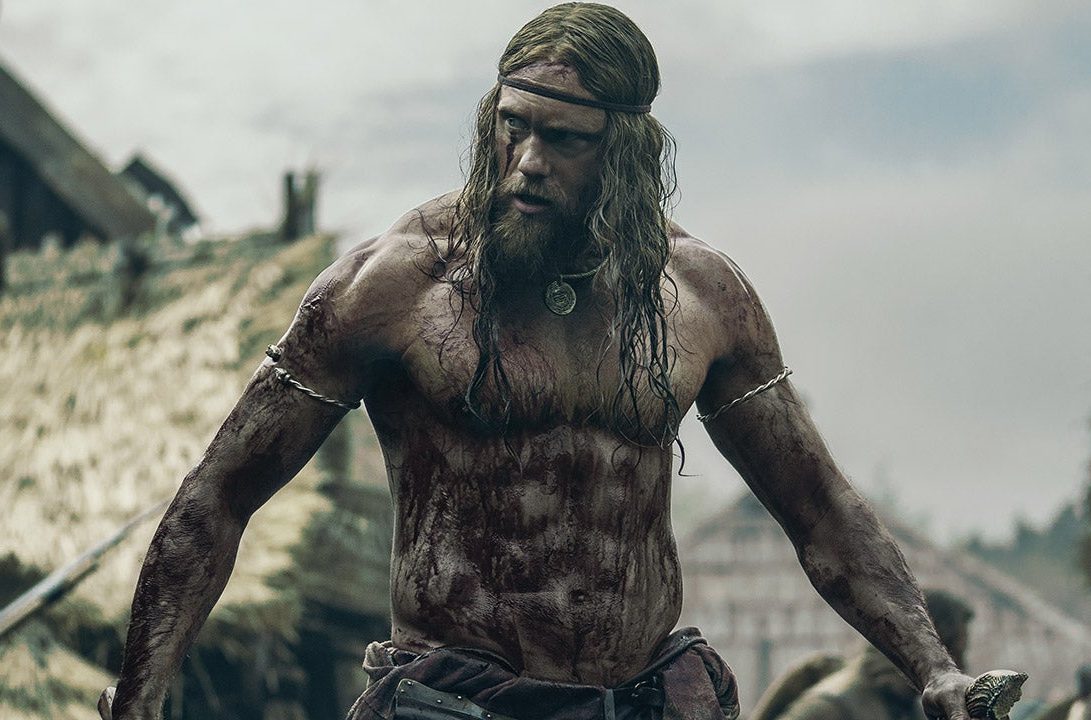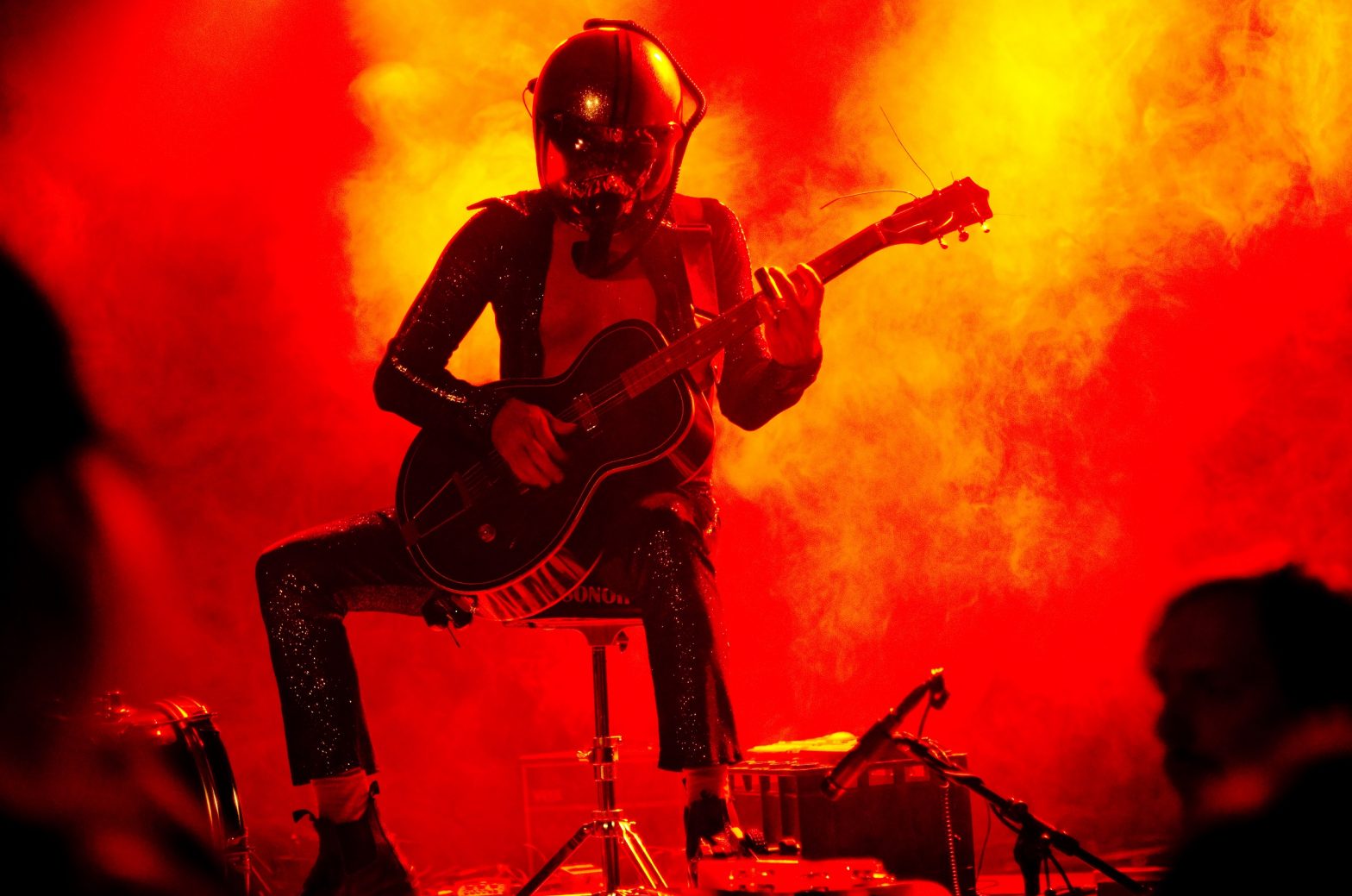Confession time: I have a closet stuffed to the ceiling with art and craft supplies. There may be some paper- and candle-making accoutrement in the garage, too. Oh, and the 50-gallon bin overflowing with yarn in the attic also bears mentioning. My name is Kristie, and I’m a craft addict.
I’ve known that it’s time to thin the supply collection out for a while—since I last moved, honestly. Nothing promotes minimalism like packing all of one’s worldly possessions. The idea of usable materials going to the landfill has kept me from purging sooner, so I rejoiced when a friend told me about The Scrappy Elephant.
The Scrappy Elephant accepts donated art and craft materials and sells them at affordable prices. Now that box of popsicle sticks that I’ve had for eight years will have a viable path to become someone else’s reproduction of the Jamestown settlement. The Scrappy Elephant also has a studio space, and the shop offers classes. That’s how I ended up stepping out on my own overflowing craft closet to use a Ukrainian art technique to make my very own pysanky egg.—Kristie Smeltzer
What
A pysanky egg decorating class.
Why
Because learning about new arts and crafts can be enriching (and lots of fun).
How it went
A good time was had by all, and we left with our own unique, beautiful eggs.
From the moment I walked into The Scrappy Elephant, it felt like my kind of place. The warm, inviting spaces were filled with all kinds of materials to inspire the flow of creative juices. My inner middle-schooler quickly did the math on how much further my babysitting money would have gone at The Scrappy Elephant than it did at the mall art store of my youth.
In a small classroom, our intrepid instructor had set up a dye bath area with vibrant Ukrainian egg dyes and workstations for each participant. We selected our eggs as we entered, with options ranging from plain white and brown duck eggs to those already dyed interesting colors. At our stations, we had a tealight candle, a kistka (traditional implement for drawing with wax), some spaghetti wax (aka long, thin strips of beeswax), and a tool to unclog our kistka should the need arise. Said tool was a piece of wire attached to a folded-over masking tape handle, but it sure got the job done. The kistky had wooden handles with small funnels affixed to them by metal wire; think of them as kind of like fountain pens for wax. That analogy is apt, because the name pysanky is derived from the Ukrainian verb that means “to write.” Pysanky eggs get their ornate designs by using layers of wax and dye to create intricate patterns.
What I appreciated most about the class was the instructor’s ability to meet us all where we were. She began by providing us an overview of the Ukrainian tradition and the essential steps, but she didn’t overwhelm us with a firehose blast of information. As we began to play and decorate our eggs, she nudged us along by answering questions and providing additional insights as they became relevant. Another high point for me was getting to use an egg lathe, which helps to make straight lines on the eggs—or at least it would in more practiced hands. We all went in very different directions with our eggs, and they all turned out beautifully and distinctly our own.
Based on this experience, I’ll definitely return to The Scrappy Elephant for more classes. The store offers a wide array of subjects, from mosaicking to sewing, and has opportunities for children and adults to participate. What’s more fun than trying a new art without having to set up or clean up? For many of the classes, all the materials are included, too, which also makes trying something new a low-risk endeavor.


